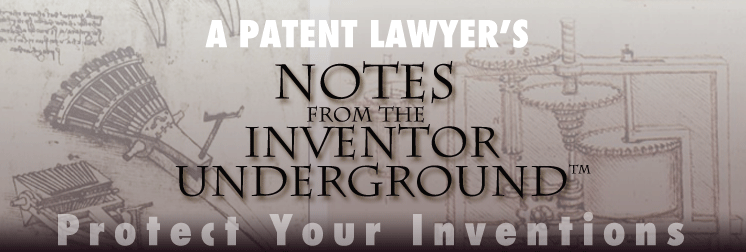
Are Methods For Medical Treatments Patentable?
Yes—as As Long As They Are Transformative
Patent and Technology trial lawyer Stan Gibson discusses the validity of patents covering methods for medical treatment.
After the United States Supreme Court’s decision in the Bilski v. Kappos case, it became unclear whether patents purporting to protect methods for medical treatment would remain valid. For now, the Federal Circuit has determined that these methods remain patentable, most recently in the case of Prometheus v. Mayo, 628 F.3d 1347 (Fed. Cir. 2010), as long as they are transformative.
The Bilski decision determined whether certain method claims (in that case a method of hedging risk) constituted patentable subject matter. The Bilski decision did not draw any bright lines other than to re-confirm that abstract ideas, laws of nature and physical phenomena could not be patented. The Supreme Court also held that the Federal Circuit’s machine-or-transformation test was not the sole basis for determining patentability, although it noted that the machine-or-transformation test remained a useful and important tool for determining patentable subject matter.
The Federal Circuit recently applied this test yet again to methods for medical treatments in the Prometheus case. Prometheus is the exclusive licensee of two patents, which claim methods for determining the optimal dosage of thiopurine, a drug that is commonly used to treat gastrointestinal and non-gastrointestinal autoimmune diseases. The patents claim methods that seek to optimize therapeutic efficacy while minimizing toxic side effects. The method consists of administering the drug and then determining the levels of the drug’s metabolites in the blood. The measured metabolites are then compared to pre-determined metabolite levels to determine whether the metabolite levels measured are associated with either toxic or beneficial effects, so as to determine whether to be used to increase or decrease the dosage level of the drug to minimize toxicity and maximize treatment efficacy.
The Federal Circuit reviewed Prometheus’ claims in light of Bilski to determine whether Prometheus’ claims fell within one of the exclusions of patent eligible subject matter. Focusing on whether Prometheus’ claims were "drawn to a natural phenomenon," the Federal Circuit found that they were not because the claims in the patents recited specific treatment steps and not just correlations that naturally occurred. The specific treatment steps cited by the Federal Circuit were the administration of a drug and the measurement of specific metabolites, "the inventive nature of the claimed methods stems not from preemption of all use of these natural processes, but from the application of a natural phenomenon in a series of steps comprising particular methods of treatment."
The Federal Circuit then concluded that the claims passed the machine-or-transformation test. Recognizing that the machine-or-transformation test is no longer the exclusive test for determining patentable subject matter, the Federal Circuit noted that the United States Supreme Court had held it is still "a useful and important tool." In analyzing Prometheus’ claims it then found that the claims passed the test because method of treatment claims "are always transformative when one of a defined group of drugs is administered to the body to ameliorate the effects of an undesired condition." Thus, the step of administering the drug was transformative because a drug transforms the body and the determining step is also transformative because it involves some modification of the substances to be measured. As support for this finding, the Federal Circuit cited Prometheus’ expert stating that at some point during the process human blood is transformed and it is no longer human blood. Thus, the transformative test is met: "The transformation is of the human body and of its components following the administration of a specific class of drugs and the various chemical and physical changes of the drugs’ metabolites that enable their concentrations to be determined. Id. at 1356-57.
In distinguishing this case from In re Grams, 888 F.3d 835 (Fed. Cir. 1989) (which involved the performance of a clinical test), the Federal Circuit found that the transformation cited in the Prometheus claims did not just gather data but were transformative and integral to the claimed treatment regimes. The Grams process was not transformative because it merely involved gathering data in a clinical setting and applying a mathematical formula. Thus, there was nothing transformative and the patent was not valid.
In contrast to Grams, the Prometheus claims did involve transformative steps and, accordingly, the Federal Circuit found that the patents were valid.
* * *
We are certain to see more cases involving challenges to patents covering methods for medical treatment. Method claims that merely describe collecting data and analyzing that data are likely to fail and be declared invalid as the Federal Circuit appears likely to continue to analyze these claims using the machine-or-transformation test even after Bilski. Thus, the key to surviving a challenge, based on Prometheus, will be to demonstrate that the medical treatment involves a transformation of some aspect of the human body.
 Los Angeles Real Estate Litigation Lawyer Jeffer Mangels Butler & Mitchell LLP Home
Los Angeles Real Estate Litigation Lawyer Jeffer Mangels Butler & Mitchell LLP Home

